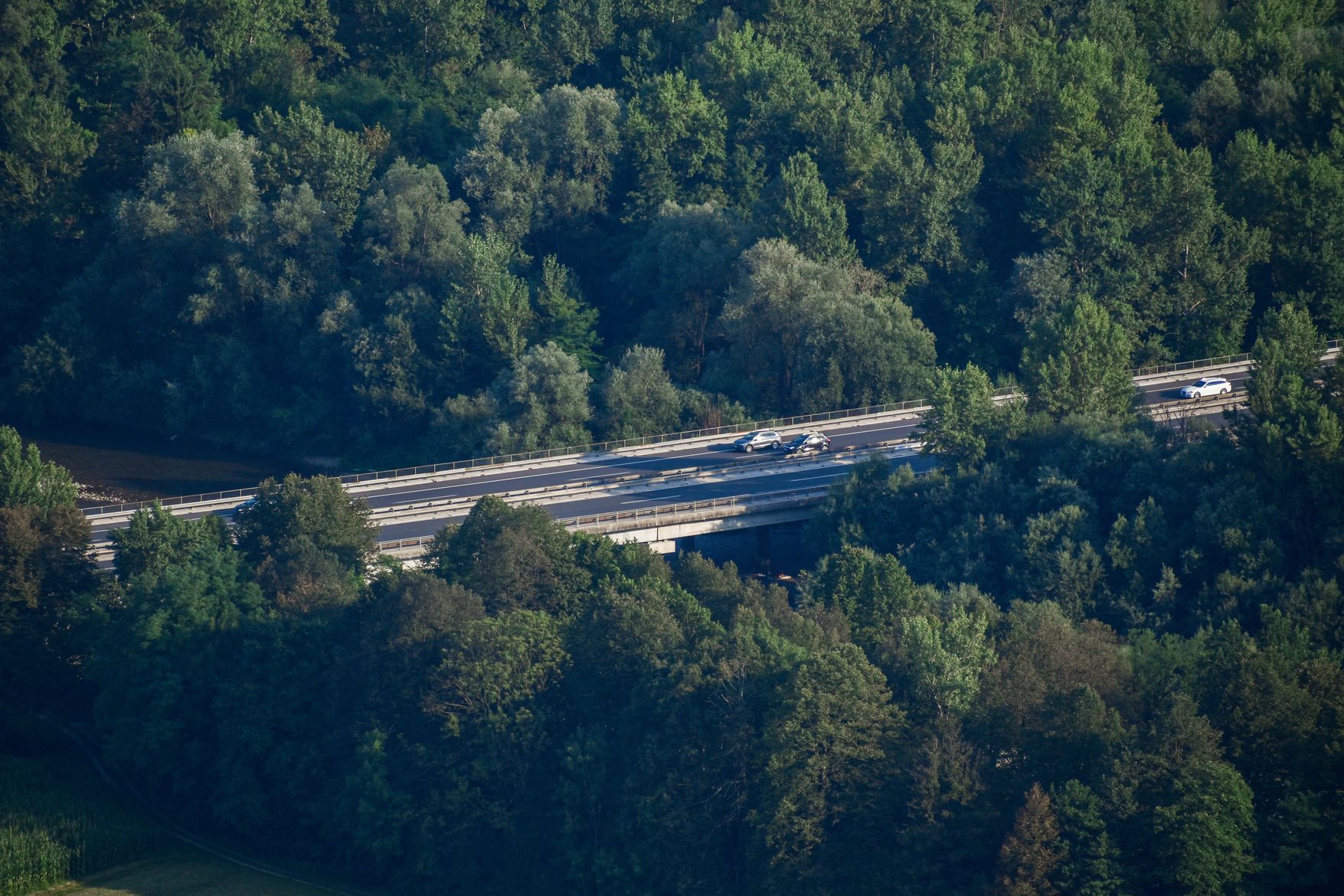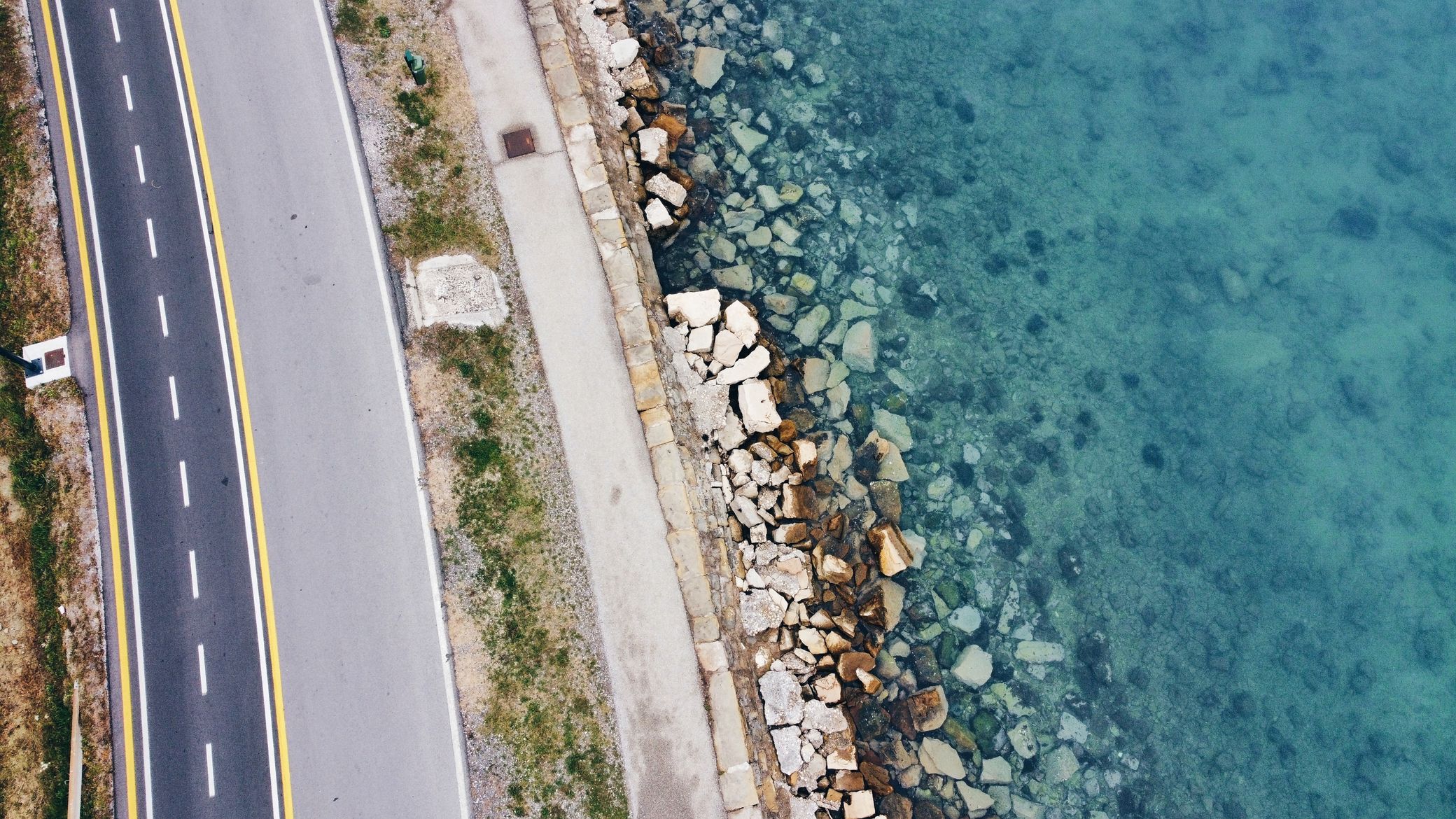Slovenia Traffic Guide
Exploring Slovenia by Car
Slovenia has much to offer beyond the capital, Ljubljana, with its well-known attractions: from wooded mountains featuring fairy-tale castles to picturesque lakes. Those wishing to experience the country in all its diversity will find travelling by car offers the most flexibility.
To ensure you are well-prepared for your road trip through Slovenia, this guide will introduce you to the most important traffic regulations. Additionally, you will learn about the road conditions you should expect and how well you can refuel in Slovenia.
Slovenia Traffic Regulations at a Glance
- The minimum age for driving in Slovenia is 18 years. A valid driving licence is required.
- As Slovenia is a member of the European Union, EU driving licenses are recognized.
- Traffic moves on the right side of the road in Slovenia.
- Within built-up areas, the maximum speed limit is 50 km/h. Outside of built-up areas, the maximum speed limit is 90 km/h. On expressways, the speed limit is 110 km/h. The maximum speed limit on motorways is 130 km/h.
- In Slovenia, seat belts are mandatory for all individuals in a vehicle.
- The use or holding of a mobile phone by the driver is prohibited. Phone calls are only allowed through a hands-free system while driving.
- Lights must be used at night and also during the day on Slovenian roads.
- The use and possession of radar detectors are not permitted.
- You must carry a warning triangle, a first aid kit, and high-visibility vests in the car. The high-visibility vest must be worn when leaving the vehicle in the event of a breakdown or accident. Additionally, it is recommended to carry a spare bulb kit.
- The blood alcohol limit is 0.5. Novice drivers with a driving license less than two years old and individuals under 21 are not allowed to consume any alcohol before driving. They must adhere to a 0.0 blood alcohol limit in traffic.
- During an overtaking maneuver, the indicator must be used the entire time. When reversing, you must have your hazard lights activated.
- It is not permitted to drive through yellow traffic lights in Slovenia.
- School and children's buses stopping at a bus stop must not be overtaken.
Driving in Slovenia
Roads in Slovenia
Slovenia boasts a modern, well-developed motorway network. The motorways have two to three lanes and are generally in excellent condition. The rest of the road network is also quite impressive.

The roads are predominantly well signposted and are regularly maintained. Accordingly, you should also be prepared for construction sites and maintenance work along your route.
The east of Slovenia is characterized by picturesque country roads that wind through small towns and idyllic villages. In the west, the landscape is dominated by mountains. Here, you may encounter narrow passages with sharp curves. However, due to the good road surfaces, driving is mostly trouble-free here as well.
Special caution should be exercised in the mountains during thunderstorms and heavy rain, as well as in winter with ice and snow. Some mountain passes may also be completely closed in winter due to weather conditions.
Petrol Stations and Charging Points
Petrol and Diesel: The prices for petrol and diesel in Slovenia are approximately at the European average. Refuelling opportunities are widely available throughout the country, especially along motorways and in cities. Many petrol stations offer self-service pumps that are available 24/7.

Electric Cars: Especially in the centre of Slovenia, you can find charging stations for your electric car. As in most countries, most charging options are located in cities and along motorways, while the charging network in rural areas and in the mountains is significantly sparser. The largest gaps in the charging network are in the northeast of Slovenia. Here, you should plan trips with an electric car particularly well.
Hydrogen Cars: The expansion of hydrogen filling stations in Slovenia is still in its initial phase. Therefore, the hydrogen car is not yet suitable for a vacation in Slovenia.
Rental Car or Own Car?
Slovenia is easily accessible on the Southeast European mainland, nestled between Italy, Austria, Hungary, and Croatia. To enter Slovenia with your own car, the vehicle documents and the EU registration plate are usually sufficient. The International Insurance Card is not required for cars registered in the European Union for entry, but it can facilitate the settlement of claims in the event of an accident with material damage.
You can also explore Slovenia comfortably and flexibly with a rental car. Car rental agencies are located in all cities as well as at the country's airports. Most providers have set the minimum age at 21 years. In addition, you must have had your driver's license for at least one year to rent a car.
Fines
Fines for traffic violations in Slovenia may be significantly higher than in some other countries. However, those who pay the fine within eight days can receive a discount of 50 percent.

Excerpt from the fine catalog:
- Speeding (20 km/h over): from 40 euros (approx. £34)
- Speeding (over 50 km/h): from 1,200 euros (approx. £1032)
- Seat belt violation: 120 euros (approx. £103)
- Using a mobile phone while driving: 250 euros (approx. £215)
- Driving under the influence of alcohol: from 300 euros (approx. £258)
Summary: How to Drive in Slovenia
Driving in Slovenia is a predominantly pleasant experience. The roads are in good condition and are regularly upgraded. However, you must also expect some delays due to construction sites.
► You can find more information about toll regulations in Slovenia here to be optimally prepared for your trip.
